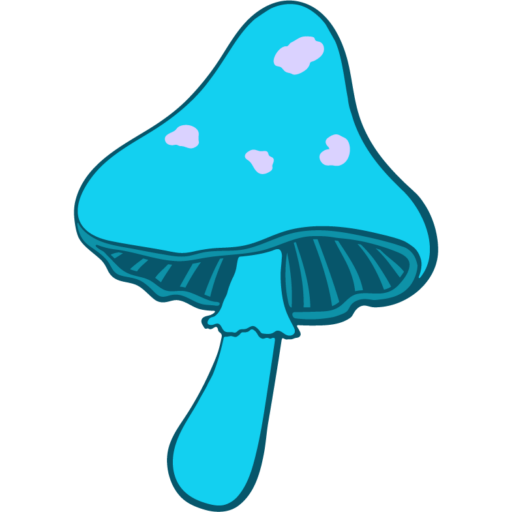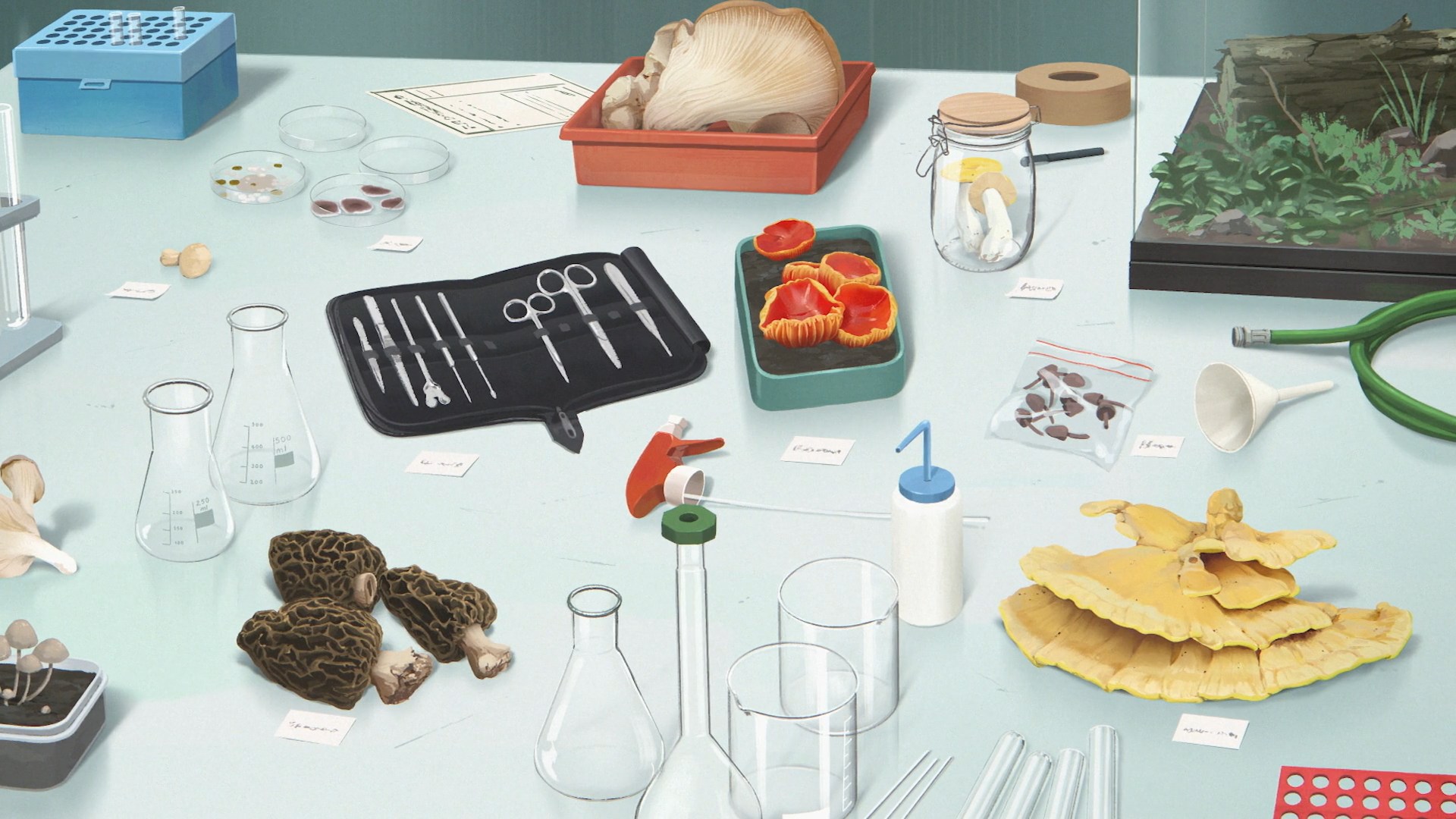You Won’t Believe Are True
If you’re anything like most viewers, HBO Max’s animated sensation Common Side Effects probably left you laughing, intrigued, and scratching your head. Sure, the wild mushroom mysteries and quirky antics seem entirely fictional. But hidden among those zany storylines are genuine nuggets of scientific truth. Believe it or not, the show’s creators cleverly tucked in factual gems to enrich the madness. Let’s dive deeper into these captivating real-world facts!
The Radiation-Eating Fungus: Reality Meets Sci-Fi
Marshall earnestly chats in Episode 3, “Hildy,” about mushrooms that can survive intense radiation. Seems far-fetched, right? Amazingly, Marshall isn’t making this up. Scientists genuinely discovered a black fungus named Cladosporium sphaerospermum flourishing inside Chernobyl’s radioactive reactor. This fungus uses melanin – yes, the pigment in your skin – to convert deadly gamma radiation into energy. So, Marshall’s not just a mushroom fanatic; he’s onto genuine scientific gold here.
Meet the Loneliest Whale: The 52-Hertz Mystery
In Episode 7, “Blowfish,” DEA agents Copano and Harrington casually discuss a whale singing at 52 Hertz. Their brief chat hints at real marine biology drama. Scientists call this whale “52 Blue,” and it’s famously known as the “loneliest whale on Earth.” Unlike other whales, its unique calls never get answered because no other whale communicates at this frequency. So, while Copano and Harrington use it as a metaphor, the truth behind it is genuinely fascinating – and a little sad.
Yaupon Holly: America’s Caffeinated Treasure
Remember Episode 5, “Star-Tel-Lite,” where Marshall brews tea from “yaupon holly” leaves during a camping trip? Surprisingly, he’s tapping into historical and botanical fact. Yaupon holly (Ilex vomitoria) is genuinely America’s only native caffeinated plant. Indigenous peoples brewed it as a ceremonial “black drink” for centuries. So, next time you’re craving caffeine outdoors, channel Marshall and skip imported coffee beans – reach for yaupon holly instead.
Tiny But Mighty: The Remarkable Tardigrades
Back to Episode 1, in a flashback, young Marshall humorously gripes about “life as a water bear.” He’s referencing tardigrades, microscopic creatures famous for their nearly indestructible nature. Tardigrades can survive boiling water, freezing temperatures, massive radiation doses, and even outer space. NASA tested their resilience by exposing them to cosmic radiation in orbit, and they survived! Marshall might joke about their hardships, but these little creatures deserve serious respect.
Tetrodotoxin: Dangerously Real
In Episode 7, Marshall uses tetrodotoxin – pufferfish poison – to fake his death in a daring escape. While this makes gripping TV, it also reflects a chilling reality. Tetrodotoxin, found in pufferfish, is a lethal neurotoxin 1,000 times stronger than cyanide. Just a few milligrams can paralyze or kill an adult human. Historically linked to “zombie” legends due to paralysis effects, it’s not something to mess around with. Marshall’s stunt might entertain, but in real life, tetrodotoxin is no joke.
More Intriguing Tidbits from the Show
- Fungi as Bioremediators: Marshall’s fungi enthusiasm mirrors real-world research into using fungi to clean toxic environments, such as radioactive sites.
- Dahoon Holly Trivia: Marshall humorously references another native plant, dahoon holly (Ilex cassine), subtly proving the show did serious botanical homework.
- Zombie Legends and Tetrodotoxin: The show cleverly hints at Haitian zombie folklore, which some historians speculate arose partly due to tetrodotoxin poisoning effects.
Real-Life Facts Stranger than Fiction
While Common Side Effects thrives on quirky humor and bizarre adventures, the writers carefully blend reality with fiction. Each episode subtly encourages viewers to appreciate real science hiding behind entertaining plots. And who knows? Maybe your favorite wild moment in the show has roots deeper in reality than you ever imagined. Next time you watch, keep an ear out – you might catch another fantastic, true-life fact waiting to be discovered.




